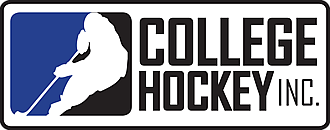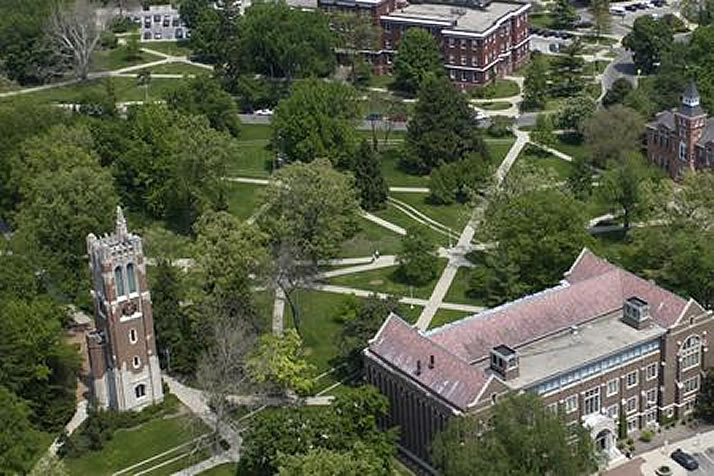


College hockey recruits can often expect to play a year or two of junior hockey after their graduation from high school and prior to the start of their NCAA hockey careers.
NCAA Eligibility | Recruiting | Recruiting FAQ
For a number of reasons, those players may want to take college-level courses while competing in a USA Hockey or college-eligible junior league. In fact, college coaches recommend it – it can help players stay academically sharp, and in many cases the credits earned can transfer to their eventual NCAA school.
It's important, however, that 18-, 19- and 20-year-old junior hockey players in this situation do not enroll full-time in a post-secondary institution. If they do, it starts their five-year eligibility "clock" with the NCAA – meaning that they have five years in which to play their four years of NCAA eligibility.
Here are some frequently asked questions in relation to taking post-secondary classes prior to enrollment at an NCAA Division I hockey school:
What constitutes full-time enrollment?
Full-time enrollment is determined by the institution where a prospective student-athlete is taking classes, not the NCAA or the school they plan to eventually attend. Schools typically have a set number of classes or credit hours that constitute full-time.
Will these credits transfer into the school where I eventually enroll full-time?
That is up to each school and will depend on the course. If you have committed to a school already, you may want to check with those coaches. If you haven't committed, it may be a good idea to meet with the school’s registrar office to determine which courses/credits have a high probability of transferring to a four-year institution.
Can the school where I take part-time courses sponsor a varsity hockey program?
No. As a part-time student, you would be subject to the NCAA's transfer rules, impacting your eligibility.
Will my grades in these courses impact admissions or eligibility?
In terms of NCAA eligibility, prospective student-athletes may improve their grade in one of their 16 core courses from high school in the first year after graduation, assuming they graduated on time with their original grade nine class. (There are additional exceptions for students with diagnosed learning disabilities.) Also of note, a post-graduate course cannot be used to improve the grade for a high school course that is necessary for 10/7 purposes in initial eligibility.
For admissions, each school could see these part-time classes differently, but good grades in these classes will only help a prospect's chances of admission.
How does this rule impact 21-year-olds?
If you play a Junior A hockey game after your 21st birthday, you will lose one year of NCAA athletic eligibility, leaving you with three years remaining (this rule applies only to Division I competition).
Student-athletes can retain their four years of NCAA eligibility and play a Junior A game after turning 21 if they enroll full-time in a post-secondary institution. Full-time status is determined by the school in which the student-athlete enrolls. While this starts a student-athlete's five-year eligibility "clock," they could use their full four years of eligibility provided they enroll at the NCAA Division I school the following fall. The institution in this case may not be a nonterm institution with rolling enrollment and the classes must have a definitive start and end date. It also cannot field a varsity hockey program (in the U.S. or Canada) or the student-athlete would be subject to NCAA transfer rules.